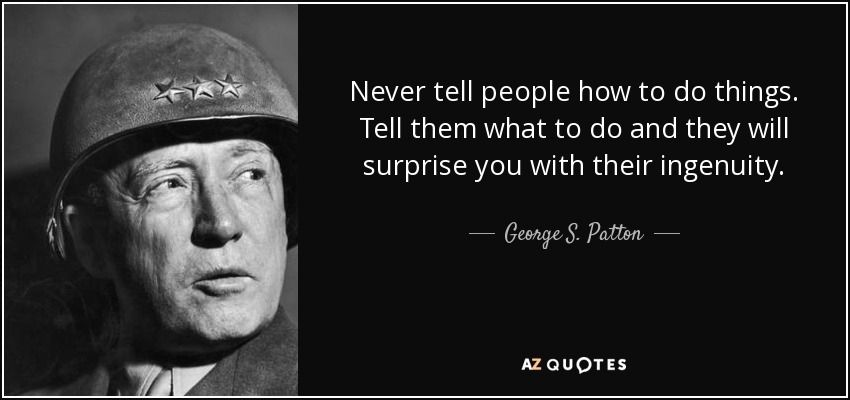Throughout our lives, we all knew people in our school, family, neighbourhood or workplace who somehow always had almost all attention on them, and they seemed to attract it in such a natural way. They are little bundles of joy and people feel great in their company. Those people were probably a member of 25 to 30 percent of the population that gladly call themselves high I.
I’s are definitely okay with their personality. They adore being in the spotlight and just having fun all the time. To recognize a high I you should look for these characteristics:
INSPIRING: Those who can be described as a high I inspire other people and do so easily. One of the best examples of this type of behaviour is Martin Luther King Jr. A person who inspired a whole nation to do what it should have done a long time before him. And how did he do it? By having the next trait of a high I:
INFLUENCING: I’s are naturally talented in finding ways to link to people, to get others to see things their way. Every I have a unique way of showing you new angles from which you can see a problem that lies before you, and they are persuasive like no other personality.
IMPRESSIONABLE: High I love everything! Meaning, the last meal they just had is the best meal they EVER had. At least that’s what they feel at the moment, even though the feeling will disappear and be replaced with awe for another shiny object of admiration before they take that last bite.
INTERACTIVE: Engaging with others is something I’s really love. They feed off an audience so it’s common to find them among comedians (think of Robin Williams who was a perfect high I example: loves to have fun, inspired people and loved performing.)
IMPRESSIVE: When a high I’s communicate, you will notice them. Big gestures, crazy outfits, that’s their style (think Old School Elthon John). Their style of communication also makes them crazy if you isolate them. The more people you put around them, the better!
While all of these characteristics are admirable for most of us, it is not uncommon to describe a high I as illogical. And that’s where you need to be careful. High I’s do things their way and yes, sometimes they will go to the grocery store with a list of 7 things and come back with only 5, and they will have no explanation about what happened. However, it is important to understand they are easily distracted and can’t help it. The world is full of wonders and they are here to notice all of them, so in an amazing world we live in it’s illogical to expect a high I do not notice and get distracted.
It is also important that even if you feel as if you could have done a better job at a task that was given to a high I to remember that they feel the need to be liked. Regardless of the area of life where you meet a high I, if you tell them that a task could have been done in a better way, they will take it personally.
An approach that will keep them happy (and we all need them to be happy because I’s create happiness wherever they go and love to share it) is to acknowledge them. Whether that’s when they enter the room or when they are describing how they are dealing with a task. “That’s a good idea, excellent job” etc. are short sentences that will give them the boost they need and it will make them contribute more and more in a positive way.
High I entertain us and inspire us, they are bigger than life. But it is not always easy to keep up with their energy. To understand it better, you can listen to my podcast HERE where Liz Parker, certified behavioural analyst, Strategic growth consultant, and job benchmarking wiz joined me. The best part? We are both high I personalities so who better to explain what goes through high I thoughts all day long.
For more info about different DISC personality types, you can check my YouTube channel HERE or find your style right HERE.





